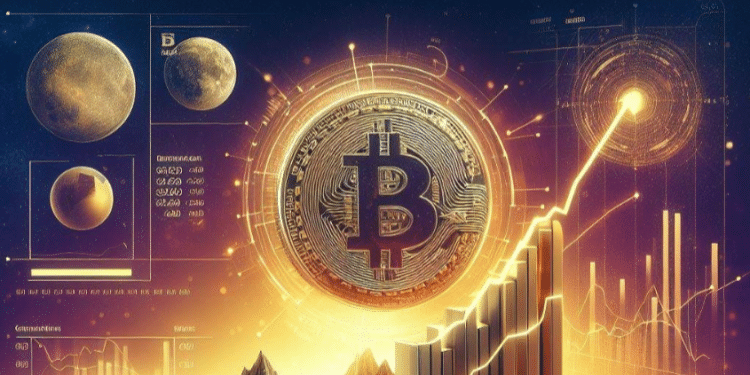4 smart technologies to modernize your sourcing strategy

Sourcing is getting smarter. First of all, many organizations have already transitioned from a tactical to a strategic sourcing mindset. This can make a big difference in gaining and maintaining a competitive advantage.
why? That’s because organizations with a strategic sourcing mindset look beyond a supplier selection plan focused on price and cost savings. Instead, focus on continuous improvement. They consider factors such as supplier performance or sustainability to support long-term partnerships, advance business needs and increase purchasing power. Successful strategic sourcing often results in process optimization, cost management, customer satisfaction, risk management, improved sustainability, and other benefits.
But now, innovation has made it easier to reap the benefits of strategic sourcing. Here are four smart technologies modernizing today’s strategic sourcing process:
automation
Business process automation (also considered a type of business process outsourcing) is widespread across industries and minimizes manual tasks in accounting, human resources, IT, and more. Sourcing and procurement professionals are now reaping the benefits of automation, including streamlining workflows, increasing revenue, and increasing efficiency. Sourcing teams are automating processes such as data analytics, supplier relationship management, and deal management.
For example, IBM Sterling Transaction Manager automates manual transactions between businesses and suppliers. This helps improve data quality by reducing errors, improves response times to inquiries, and increases customer and supplier satisfaction. Plus, automating transactions reduces the staff required to onboard new suppliers, allowing you to focus on higher-value tasks.
blockchain
Information is a valuable business asset. Blockchain technology ensures that information is stored, accessed, and shared quickly, accurately, and transparently. In sourcing strategies, blockchain technology helps track orders, payments, accounts, and more.
For example, combining blockchain-based contract management with automation increases efficiency and provides a high level of security. It works like this: “if/when…then…” statements are written into the code of the blockchain. Then, once predetermined conditions, such as release of funds, are met and confirmed, the contract is immediately executed. Additionally, blockchain transaction records are encrypted, making them very difficult to hack or alter.
Learn more about smart contracts
More than 60% of Americans surveyed said they would pay up to a third more for products that were produced responsibly and sourced transparently. As expectations from both customers and stakeholders rise, some companies are leveraging the transparency and immutable records of blockchain to maintain ethical and sustainable sourcing practices.
For example, one company is using a network of trusted suppliers built on IBM Blockchain® to provide product provenance for sustainably sourced shrimp. Now anyone can follow the entire journey of shrimp through the supply chain.
Learn more about IBM Food Trust
Advanced analytics and artificial intelligence (AI)
The analytics engine and its “big data brain” provide real-time sourcing flexibility and visibility to enhance order management and inventory systems. With cognitive intelligence in their toolbelt, sourcing teams can better understand and act on changes in an increasingly complex supplier marketplace. The ability to make these sourcing decisions in real time can help you increase revenue and better meet customer expectations during periods of peak demand. Try Cognitive Intelligence free for 30 days.
In addition to improved decision-making, flexibility, and visibility, analytics engines combined with AI can help manage supplier risk. For example, IBM Trust Your Supply’s advanced analytics and AI continuously monitor supplier compliance, enabling a 24/7 trusted supplier network.
Another interesting use case for AI in sourcing can be found in smarter control towers. Traditional control towers cannot always provide visibility across silos, drive action, integrate with third-party data, and keep pace with the ever-evolving modern supply chain. The next-generation control tower is powered by AI and helps you predict supply and demand fluctuations and navigate disruption with intelligent workflows and true end-to-end visibility.
How is a sourcing strategy different from a procurement strategy?
Often considered synonymous with the procurement process, sourcing is a separate process within supply chain management. While the procurement team oversees the end-to-end process of acquiring goods and services, the sourcing team considers the “who”: the suppliers and potential suppliers themselves. They handle upstream sourcing activities such as contract negotiation, sending requests for proposals (RFPs) and requests for quotations (RFQs), and managing selected supplier relationships. However, because of their symbiotic relationship, sourcing and procurement strategies often share similar initiatives, business goals, and metrics.
Sourcing Strategy Innovation
Building a strong sourcing strategy is critical to navigating an increasingly complex supply chain environment. Strategic planning of supply chain processes requires technologies, tools, and partnerships that accelerate goals to improve supply chain management, resilience, and sustainability.
Read the solution overview to get started.
Was this article helpful?
yesno


